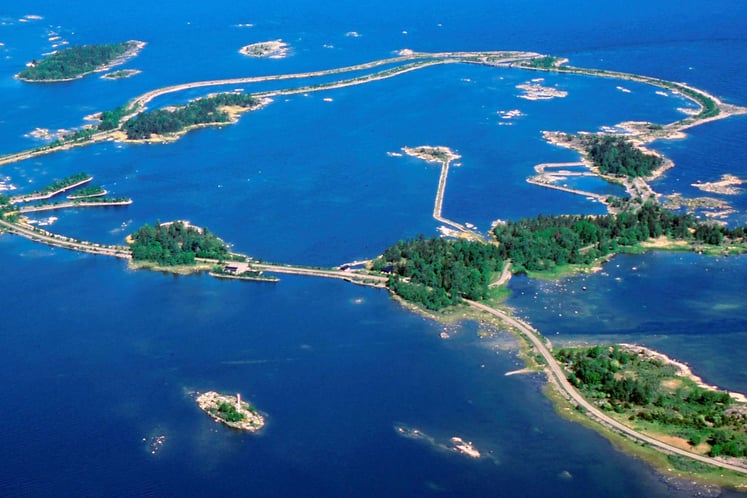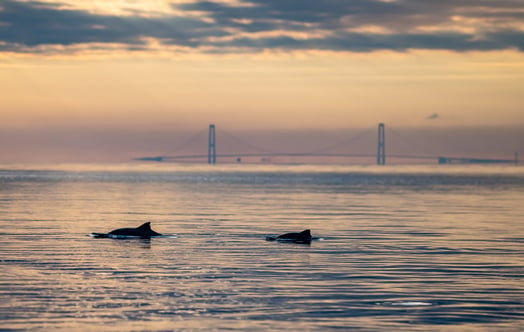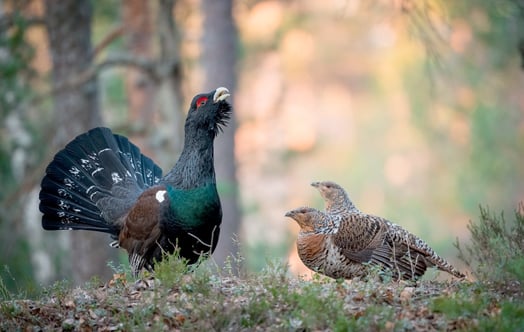Impact of offshore windfarm decommissioning on marine biodiversity
Offshore wind foundations create habitats that support benthic species such as blue mussels, anemones, and the reef-building worm Sabellaria.
Short facts
- Denmark
- Benthic species (blue mussels, anemones, and reef-building worms)
- Analyse the impact of decommissioning offshore windfarms on marine biodiversity
- 2022–2025
These species provide important ecosystem functions. However, current legislation mandates the complete removal of these structures at decommissioning, removing these habitat and associated biodiversity.
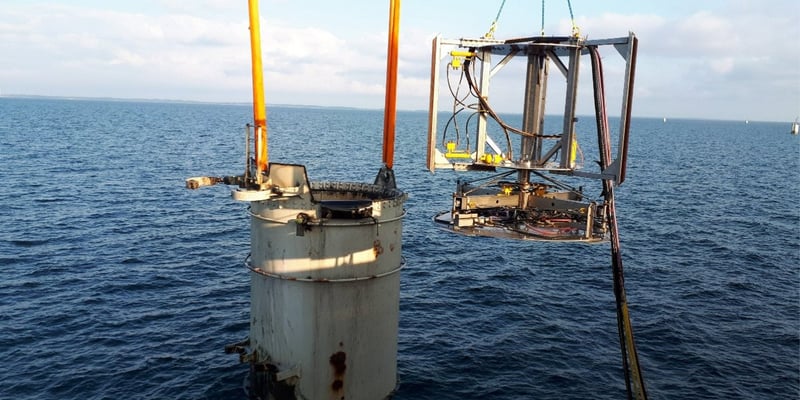
This conflict underscores the need to assess biodiversity impacts. In response, the Technical University of Denmark and Vattenfall have partnered to analyse the impact of various offshore wind farm decommissioning scenarios on marine biodiversity.
A PhD project has been initiated to develop a model that estimates these impacts and better integrates marine biodiversity into life cycle assessments, supporting scientifically based decisions on whether to completely remove wind turbine structures or leave parts of the foundations in place.
Additionally, the project examines the social acceptance of partial removal as a decommissioning option, leaving some structural elements at sea to maintain the artificial reef.
An extensive survey of the Danish population will present respondents with varying levels of information on the reef effect and the potential climate benefits of removing and recycling these structures.
The study aims to determine how the provision of information influences social acceptance of different decommissioning options. Scientific papers are currently under preparation, with publication expected in 2025 and 2026.
More about biodiversity
Biodiversity and nature protection are a priority at Vattenfall. It is one of the focus areas in our environmental policy and therefore also a central part in our environmental work.
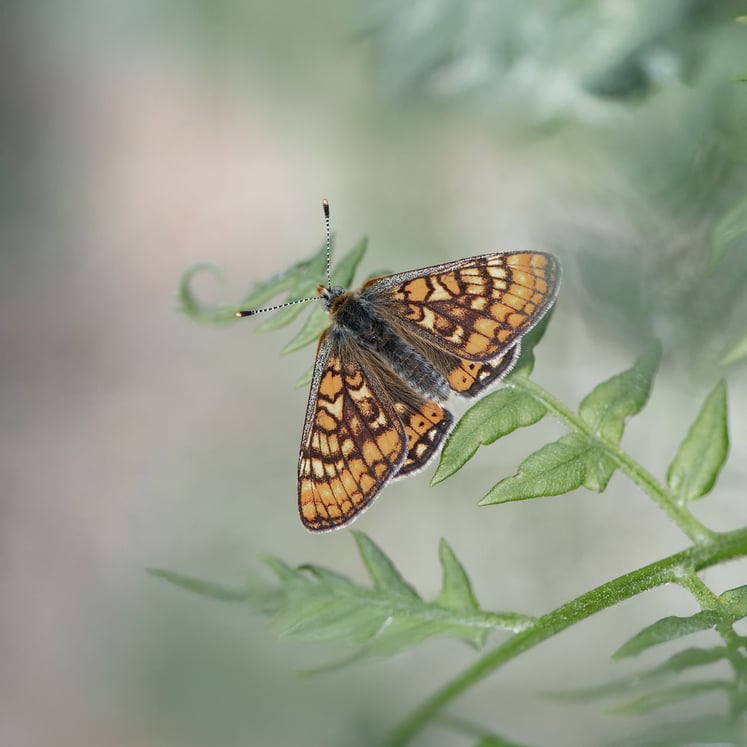
How we make a difference for nature
Biodiversity is an important and integrated part of our work. Here, we show concrete examples of how we care for nature through our projects.
